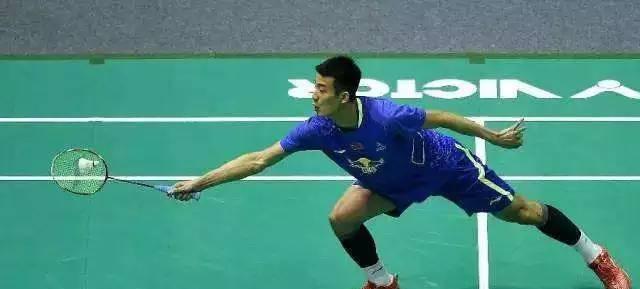Badminton Game Video Collection ▼ ▼ ▼ ▼ ▼ ▼ ▼ ▼ ▼ ▼ ▼ ▼ ▼ ▼ ▼ ▼ ▼ ▼ ▼ ▼ ▼ ▼ ▼ ▼ ▼ ▼

I think that if we want to talk about badminton technology, we should start from the core "power" of badminton technology. Don't think that this is a simple proposition, even many professional badminton players with several years of experience, and even some professional badminton players have a slight deviation in their understanding of this seemingly simple problem, which is the main and fundamental crux of their lack of improvement in technology.
Force = Whip action = swing speed
Everyone understands a simple truth: speed = power. That is to say, speed is directly proportional to strength.
The key to the efficiency of the power lies in the speed of the badminton racket when it hits the ball, that is, the speed of the badminton racket swing, rather than the simple "how much power you use".
In other words, if the force you use does not act on the beat surface of the badminton racket and maximize the speed of the racket, then you will have some questions: "I use so much force, why does the ball fly not far?" more than ten years of badminton teaching experience tells me that this is the crux of the misconception that causes many badminton enthusiasts to understand the difference in power technology, that is, people often focus on the size of the force rather than the speed of the swing.
Of course, with force. But let's not forget that it's the badminton racket that's playing, not our muscles. What we need to focus on is how to use our muscles to make the badminton racket swing as fast as possible, which is the focus of our discussion today: force = whipping action = swing speed.
Force is synonymous with "whipping"
From another understanding, the power of badminton is also synonymous with the "whipping" action. When we were young, especially boys, we all played the little game of "gyroscope". A short wooden stick, a few strips of cloth tied to the head, and a gyroscope made of wood have given us a lot of joy as children. In fact, the action of whipping the gyro with a wooden stick is the core of the badminton technique we are going to talk about today - the "whipping" action.
Analyze the "whipping" action in badminton
To further understand this "whipping" action, it is actually a process of accelerating action, a process of moving from stationary to diffuse to accelerating to the highest speed to relaxation. The core of almost all badminton techniques is this process. Take golf as an example:
Lifting the whip – a lifting racket in badminton technique;
Whip up – badminton racket swings backwards;
Whip whipping from top to bottom – badminton racket swinging from back to front;
The front end of the whip hits the gyroscope – the badminton racket hits the badminton ball;
The final action is the same, and that is relaxation.
"Whipping" ancillary exercises
We can use a whip or a towel to assist in the practice of power skills. If you're using a towel, get it slightly wet.
1. Auxiliary exercise of forehand "whipping"
The auxiliary exercise of the forehand is to grasp the corner of the towel or the tail end of the whip handle with a clapping hand, relax the wrist, slowly lift it up to the height of the eye, and then suddenly accelerate downward and swing it as fast as possible.
When practicing, you need to pay attention to the correctness of the action only with the strength of the wrist, the sound size and crispness of the tail end of the towel or whip.
Swing arm waving
2. Auxiliary exercise of backhand "whipping"
Take the right-hand clapper as an example, the right hand grasps the corner of the towel or the tail end of the whip handle, the left hand gently supports the tail end of the towel or whip, the body is to the left side, and the left and right hands and waist are at the same height in the posture of the right hand in front and the left hand in the back. Also in the state of wrist relaxation, suddenly swing the wrist from the back to the front. The things to be aware of when practicing are the same as when assisting with forehand exercises.
On this basis, we can practice with the beat. Assistive exercises are just a way to get us to experience the technique of exerting power and the way to make the beat swing. When you can use the beat to make a sharp wind sound under the same movement, you can prove that you have basically mastered the correct power technique. Of course, the skills of power are more than the above, this is just some of my experience in teaching, but also a problem that I often encounter, I hope to help the majority of badminton enthusiasts.
Backhand overhand high ball
Backhand flat draw
Backhand pick- ball
Badminton is a sport with strong skills, in order to improve the overall level of badminton and better enjoy the fun brought by badminton, the best way is to improve the understanding of the basic techniques of badminton, after a period of practice, in order to improve the level of badminton technology, so as to achieve the effect of doubling the results with half the effort.
Ball sharing
Ball thumbs up
The ball is watching